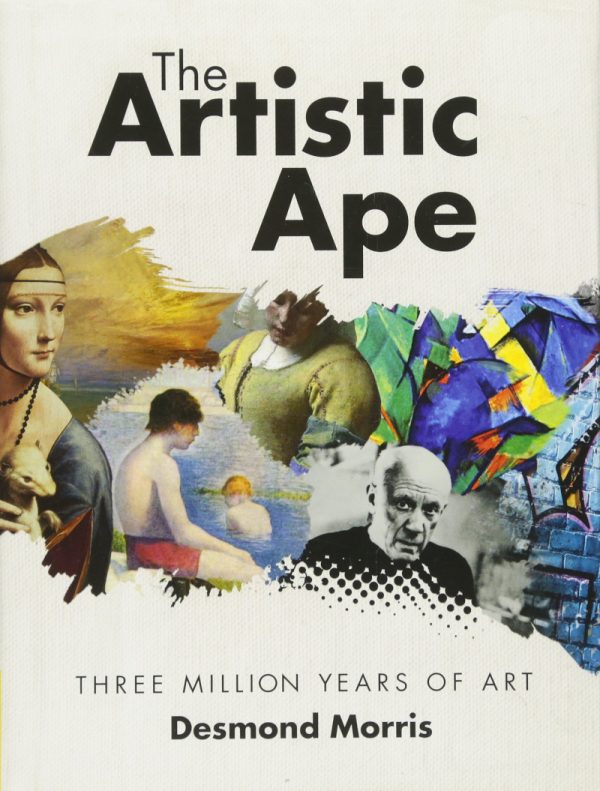Richard Smith: Artworks 1956-2016
£60.00The first monograph on Richard Smith, a key figure in the development of British art.Richard Smith (1931-2016) was one of the most original painters of his generation, and one of the most underrated. As Barbara Rose said of Smith’s major Tate Gallery retrospective in 1975, he was ‘at once in and out of touch with the currents of the mainstream … au courant and aloof at the same time.’ That he latterly slipped under the radar to some extent is partly explained by his detachment from the mainstream as well as by his frequent switching of studios between England and the USA, although this helped charge his creative batteries. He is the only artist of his stature who has not been represented by a monograph, which the dazzling presentation of images in Richard Smith: Artworks now fulfils. It has been produced with the generous collaboration of the Richard Smith Foundation. Richard Smith: Artworks traces Smith’s entire career, from the breakthrough lyrical abstraction of the early Pop-inflected paintings, through the radical shaped canvases and three-dimensional works that he produced in the 1960s, to the ‘Kite’ works beginning in 1972 and, eventually, his return to the flat canvas. As a Senior Curator at Tate, Dr Chris Stephens knew Smith well, and he contributes a wide-ranging introduction to Smith’s art and life. Prof David Alan Mellor investigates and explains the Anglo-American cultural contexts that drove Smith’s art, while Alex Massouras’s two themed essays, ‘Young and British’ and ‘From Motion Pictures to Flight’, explore Smith’s originality from fresh perspectives. The book is completed with an Afterword by its editor, Martin Harrison.







